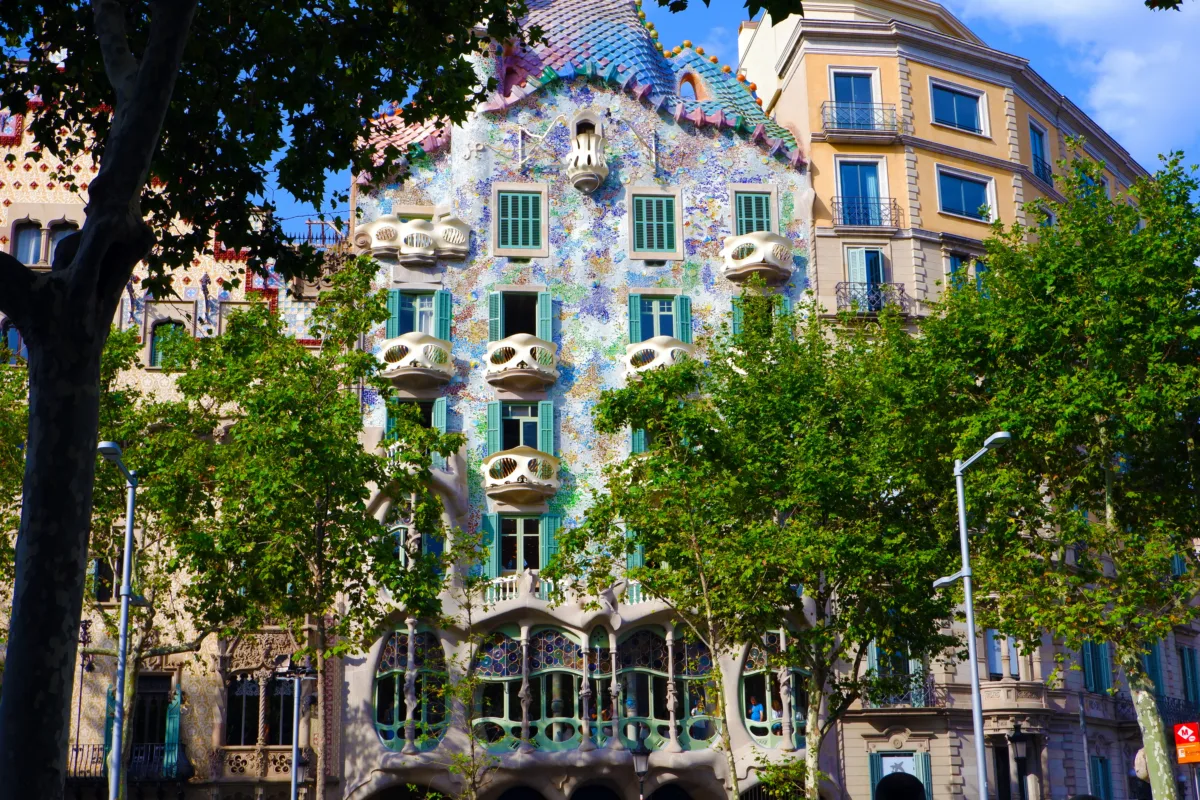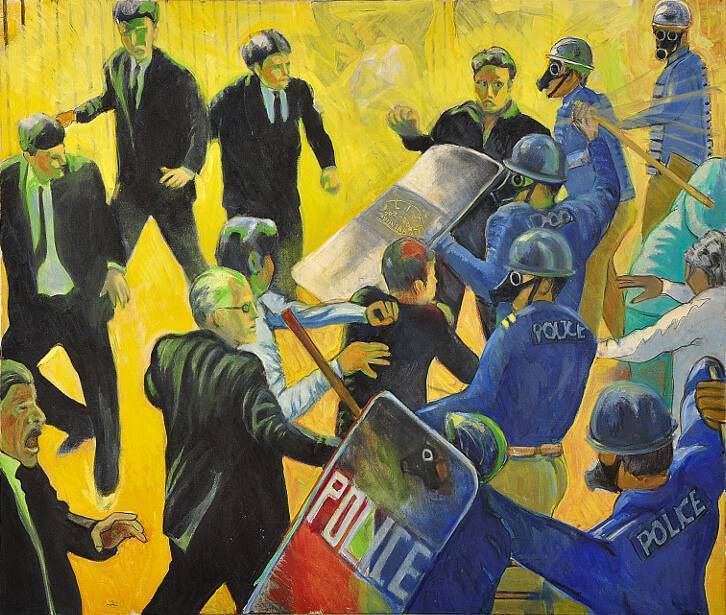Frida Kahlo is an artist who started to announce her reputation from her homeland Mexico and brought it all over the world. She is one of Mexico’s greatest artists who has painted chiefly self-portraits. The famous painter, whose full name is Magdalena Carmen Frida Kahlo Calderon became an icon of 20th-century popular culture. We also know her political views and paintings. She transferred the physical and psychological states in her life into her brilliant art. (Arts & Culture, n.d.)


Biography
She was born on July 6, 1907, in Coyocoan, Mexico City. Frida Kahlo had polio when she was six and was bedridden for months. She wore long skirts to cover her lameness after this illness. Frida attended the famous National Preparatory School in Mexico City in 1922, with only 35 girls enrolled. While at this school, she met the renowned muralist Diego Rivera, whom she would marry in the future.
She joined a student team in 1922, who shared similar political and intellectual views with her. While traveling on the bus with the leader of this team, they had an accident, and Frido was seriously injured. This accident affected her badly, both physically and physiologically. After returning home from the hospital, she started painting to relieve her pain and finished her first self-portrait in 1923.
In the 1950s, her health worsened, and she was diagnosed with gangrene in her right foot. While staying at the hospital, she persistently continued to work, paint, and opened her first solo exhibition in Mexico. Then, Frida attended the opening ceremony in a very sickly situation. She passed away at Blue House about one week after her 47th birthday. (Frida Kahlo Biography, n.d.)
Artistic Career
She has always defended herself as reflecting the manifestation of her own reality and has never considered herself a surrealist. However, she became close friends with Andre Breton, one of the crucial leaders of surrealism’s artistic and literary movement. That year, she had a large exhibition at the New York City Gallery, where she sold about half of her 25 works.
When she lived in Paris for a while in 1939, she exhibited some of her paintings and made friends with famous painters such as Marcel Duchamp and Pablo Picasso. Again this year, she painted The Two Fridas, one of her most important paintings.
Kahlo received a commission from the Mexican Government for five portraits of important Mexican women in 1941 but couldn’t complete the project. Despite the difficulties she faced, her work has continued to grow in popularity day by day.
Kahlo always preferred to emphasize her love of life and having a good time. Just days before her death, she combined the words of Viva La Vida, which means Long Live Life, with a still life of watermelons. While some wonder whether the artist deliberately committed suicide, others reject the idea. Because “It is not worth leaving this world without having a little fun in life,” once she said. (Dawson, 2018)
She made a name for herself even after her death. The feminist movement of the 1970s led to a renewal of interest in Kahlo’s life and artistic philosophy, seeing her as a symbol of female creativity. (Tuchman, 2002)


Henry Ford Hospital (The Flying Bed), Courtesy of Google (Kahlo, 1932)
Most Famous Paintings
In 1932, Kahlo added graphic and surreal elements to her painting style. In Henry Ford Hospital, she was lying naked in a hospital bed, surrounded by things that included a fetus, a flower, a pelvis, a snail, and were tied together by vein-like ropes. Again, as in her other self-portraits, this was also very personal and reflected her emotions from her second miscarriage.
One of Kahlo’s most famous works, The Two Fridas, depicts two versions of the artist sitting side by side, with the hearts of both exposed. One Frida is dressed almost entirely in white and has heart damage and bloodstains on her dress. The other wears dark clothes and has a solid heart. These figures are believed to represent the “unloved” and “loved” versions of Kahlo. (Editors, 2014)


The Two Fridas, 1939
[su_divider divider_color=”#d11331″]
Sources
Arts & Culture, G., n.d. Frida Kahlo. [online] Google. Available at: <artsandculture.google.com>
Frida Kahlo, n.d. Frida Kahlo Biography. Available at: <fridakahlo.org>
Dawson, B., 2018. Frida Kahlo in her own words. [online] Dazed & Confused website. Available at: <dazeddigital.com>
Tuchman, P., 2002. Frida Kahlo. Smithsonian Magazine, [online] Available at: <smithsonianmag.com>
Editors, B., 2014. Frida Kahlo Biography. [online] The Biography.com website. Available at: <biography.com> [Accessed 6 February 2021].
Image Sources
Muray, N., 1939. Frida Kahlo in blue satin blouse, 1939, photograph by Nickolas Muray © Nickolas Muray Photo Archives. [image] Available at: <vam.ac.uk>
Kahlo, F., 1932. Henry Ford Hospital. [oil on metal].
Kahlo, F., 1939. The Two Fridas. [oil painting].













